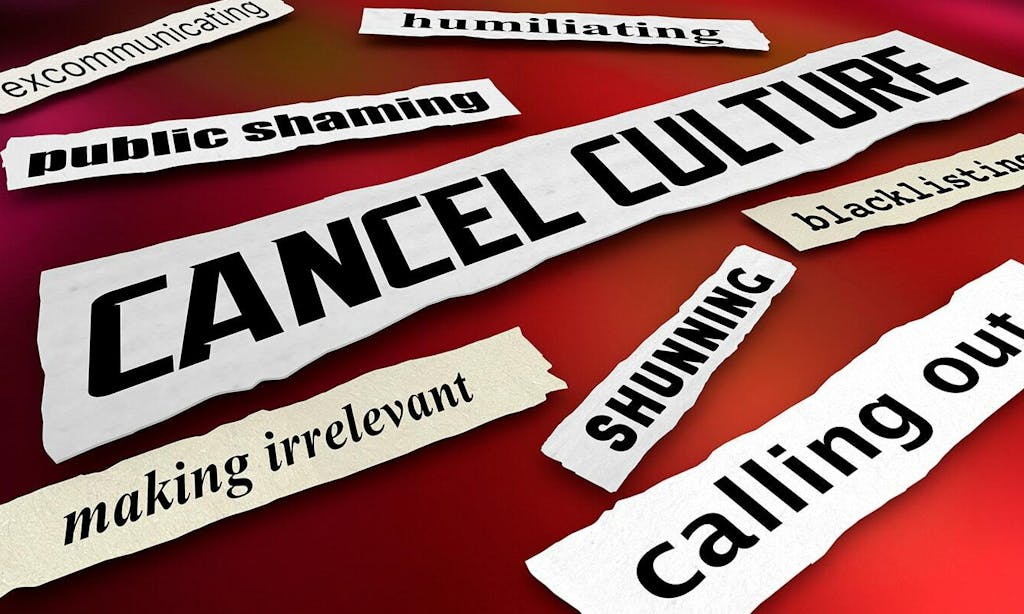4 Things 2020 Taught Us About Cancel Culture (And What to Do About It)

Perspectives
By Tom Lindell and Seth Hendricks
2021 March 16
The following article was originally published in Adweek.
Cancel culture—the process of cancelling, calling out, calling in and/or boycotting a person, brand or company on social media—has reached a crescendo in recent months. Even if you’re unfamiliar with the term, you’re likely to know a brand or public figure that has been cancelled for their offensive actions — Papa John’s, Ellen DeGeneres and J.K. Rowling, just to name a few.
From the removal of Confederate monuments to the rebranding of offensive sports team names and hundreds of examples in between, unprecedented levels of participation in cancel culture have helped organic movements rapidly achieve their desired outcomes in ways we’ve never seen before. This should have marketers worried. An effort to cancel a brand can ignite and spread instantaneously, causing reputational harm and major business implications.
How can marketers best avoid damage and distress that may occur, especially if it’s a result of misrepresented or erroneous information? We analyzed nearly 755 million tweets from more than 4 million people calling for brand cancellations to find out. Our nonpartisan examination of the cancel culture phenomenon revealed four key insights to help inform marketing plans today and in the years ahead.
Modern social pressures have fanned the flames of cancel culture.
Though the term “cancel culture” became prominent this past summer, boycotts or angry protests are nothing new. What is new is that social media and cultural pressures over the past year seem to have sparked a burgeoning cancel culture phenomenon.
A straightforward comparison of all 2019 cancellation conversations to all 2020 cancellation conversations shows a staggering year-over-year increase of more than 52% of total tweets and unique authors. This may be due to COVID-19 lockdowns, social isolation and the fear and malaise in society. What’s more is that the average number of tweets per cancel culture contributor remained roughly equivalent at about 1.7 tweets per person. This indicates that the growth of cancel culture is not driven by the same number of people, but more people are participating at the same rate.
Whether caused by the growth of social media or the increased divisiveness of American society, cancel culture is here to stay — and may only get worse. Marketers should strive to always be on the just side of culture, as well as be inspired to take action and precautions that ensure their brand has strong equity and is well positioned as a trusted brand citizen. Take time now to evaluate and understand the relationship between your brand and your audience and ensure your brand purpose and values are embodied in your brand’s actions. This can be done through the development of a robust brand citizenship framework, which clearly defines and translates a brand’s purpose and values into real-world communications and behaviors.
Cancel culture is not unique to any political affiliation.
A sweep of cancel culture opinion articles and online conversations would have you believe this phenomenon belongs to a political affiliation or ideology. However, our examination of more than 3 million Twitter users participating in cancel conversations over the last two years shows the practice transcends political spectrums. By evaluating these Twitter users’ political affinities based on who they follow, findings suggest a nearly equal split of liberals and conservatives in both total mentions and unique authors (with conservatives having a slight edge). But given the sheer volume of conversations, it’s difficult to get granular on the sentiment of all the tweets.